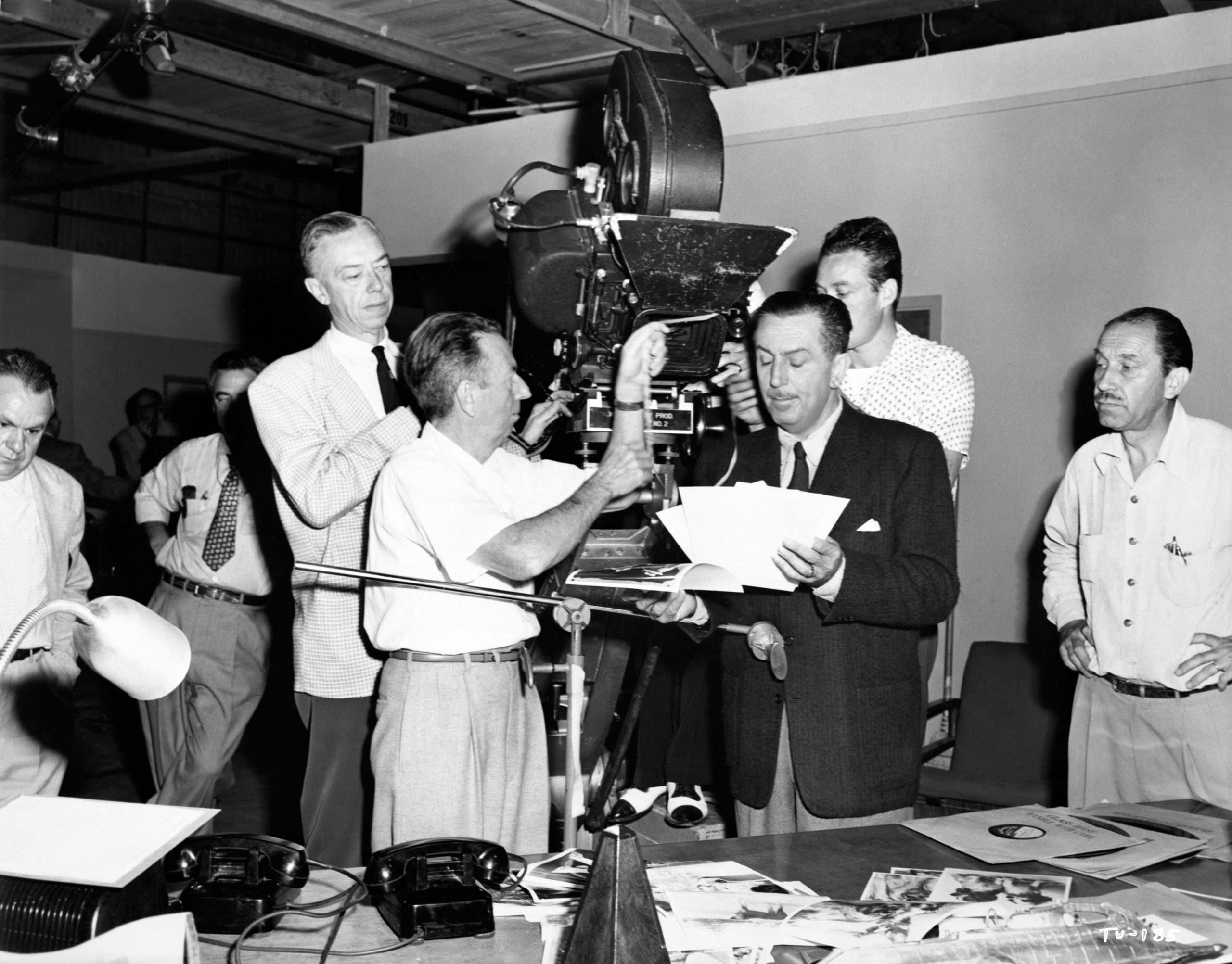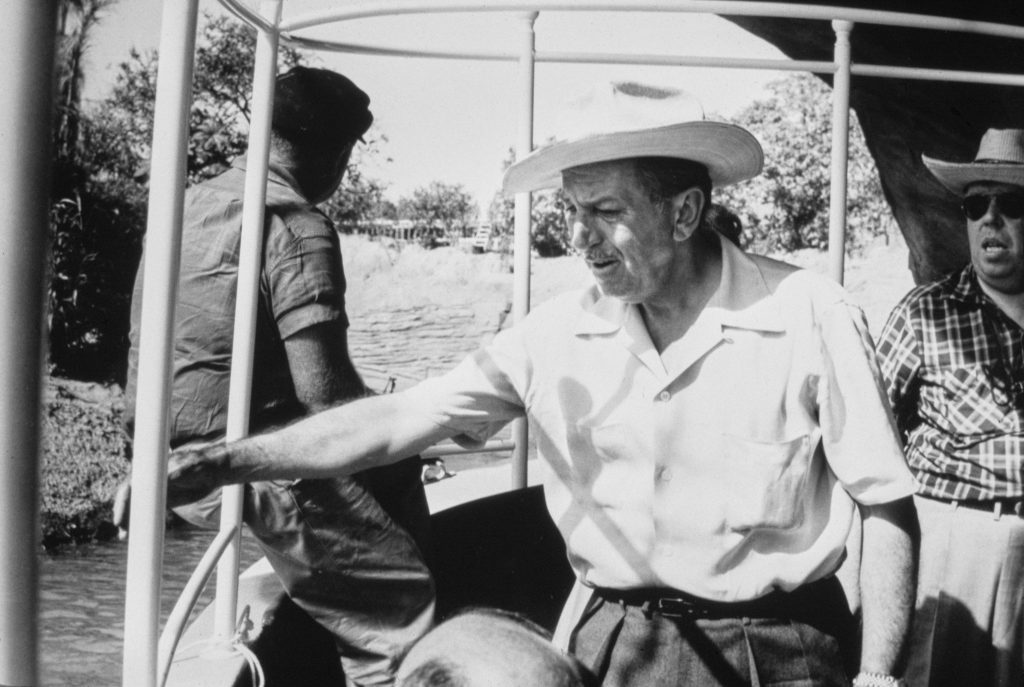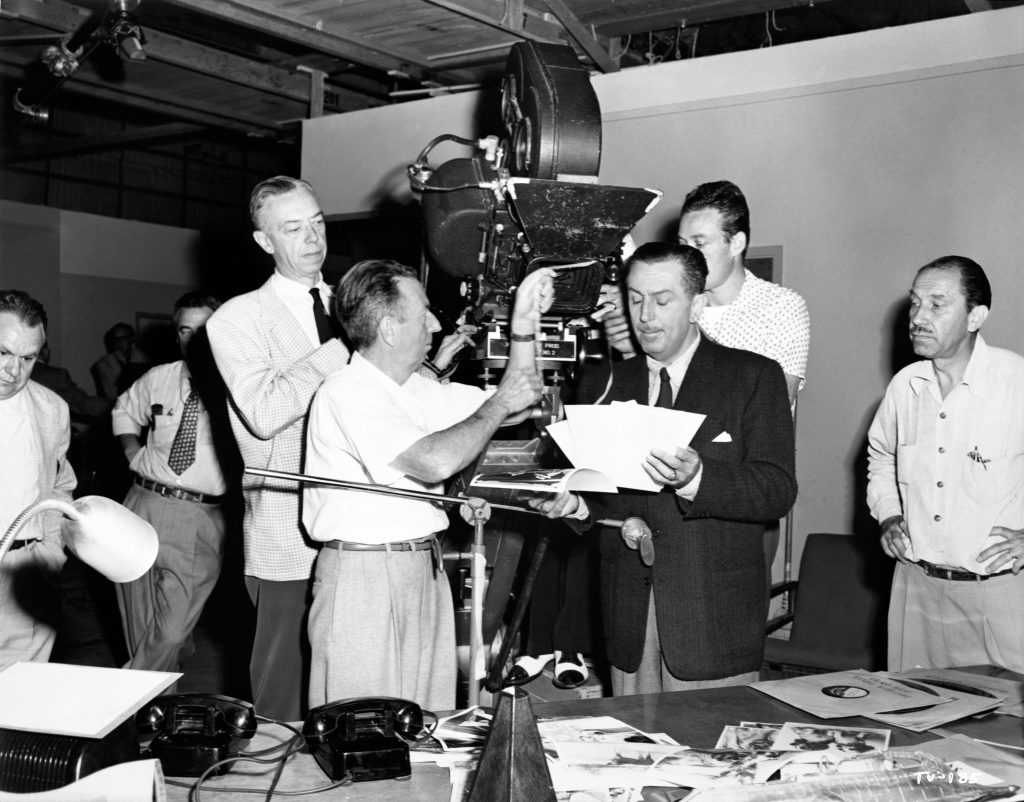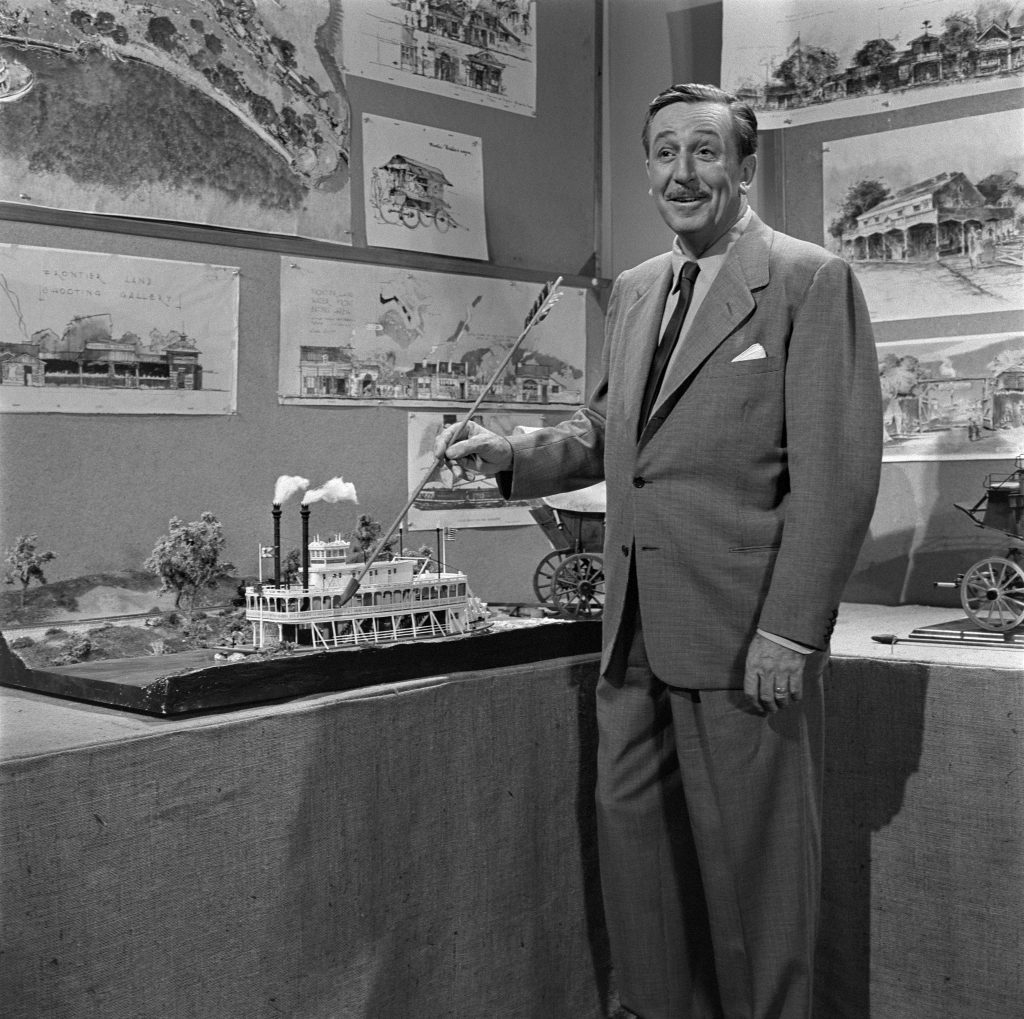Entertainment
‘Disneyland’ on ABC: An Entertainment Inflection Point 70 Years Later – The Walt Disney Company

70 years ago this Sunday, Walt Disney greeted viewers in their homes across America as the host of the first episode of Disneyland — a series later known as The Magical World of Disney, amongst other names — on ABC.
From the start, he offered viewers the opportunity to share in his “latest and greatest dream:” Disneyland, the park. For the first time, folks all over the country were able to get a tantalizing glimpse at yet another creation from Walt Disney.
Excavation for the park had begun only about two months prior to the broadcast, with a planned opening less than nine months away.
That initial Disneyland broadcast represents an inflection point for The Walt Disney Company — and the entire entertainment industry. It paved the way for a theme park with no antecedent, it helped reveal the potential of television for Hollywood, and formed the basis for what a modern and diversified entertainment company could look like.
This is the story of how that all came to be.
“Yesterday, Tomorrow, and Fantasy”
Back one night in the summer of 1953, Walt Disney was lying sleepless in bed.
Over the years taking his daughters to fairgrounds, zoos, and outdoor attractions across the globe, Walt began dreaming up a family fun park that would outdo them all. It would be clean, imaginative, and a happy place for the whole family to “visit the worlds of yesterday, tomorrow and fantasy.”
Walt knew how innovative of a vision he had in his head, saying to the board of directors at Walt Disney Productions that “there’s nothing like it in the entire world. I know, because I’ve looked. That’s why it can be great.”

He already had a grand vision, but what was keeping him up at night was figuring out how to create such an endeavor.
Walt needed a way to not only fund the creation of the park, but to make sure that potential guests knew that it was there at all.
As insomnia was getting the best of him, an idea struck — television would be how he would create and share his dream with the world.
Reaching Fans in a Whole New Way
While it now seems matter of fact, getting into television in the early 1950s was seen as a risk for a company that was until then primarily involved in producing theatrical films.
The Disney board was concerned over adding a new field for the company, in addition to already entering the amusement park business.
However, the Disney studio had enjoyed some success earlier in the decade with a couple of TV specials, so “Walt was able to plainly see how the fruits of his studio’s creative labors could be leveraged to good — and wide — use for the mass audience that television provided,” Kevin M. Kern, Regional Manager for the Walt Disney Archives, said.
Walt’s argument for television was multi-pronged and proved to be prophetic for the future of the company.
“There’s a way we can get to the public,” Walt had said of TV. As Kern puts it, television would allow Walt to “create new content, promote new projects, and re-introduce a library stable of previous theatrical hits and characters all in one package. That was an enticing prospect.”

Once Walt convinced both his brother and business partner, Roy, and the Disney board to go in on the plan for the park and television, they were able to join with ABC to create an arrangement that impacted both companies immensely.
ABC would initially support Disneyland, and in exchange, Disney would provide its vast library of feature-length and short films to be aired on ABC, in addition to producing a new weekly program, Disneyland. The program would be used to give regular updates on the progress of the park, inciting what Kern calls “a sense of wonder as to what was being built in the orange groves of Anaheim.”
The result of that initial broadcast on October 27, 1954, was “wildly successful,” Kern noted, “with an audience that continued to grow over time.”

It enabled Walt to experiment with television storytelling methods and provide “real-time” Disneyland updates on ABC, which “allowed for both entities to grow and draw in even wider audiences than before,” Kern said.
“Disney cartoons were being seen by a larger audience each than had seen them during their entire theatrical releases,” biographer Bob Thomas reflects in his seminal read, Walt Disney: An American Original. “Mickey’s status as a folk hero was guaranteed for another generation.”
For Disneyland, it helped drum up excitement to the tune of over 33,000 guests pouring through the gates on its Opening Day, July 17, 1955 (an event that was also broadcast live on ABC).
Success on ABC would continue for Disney. Davy Crockett and Zorro would prove huge hits. Disney and ABC’s partnership would also lead to another hugely influential series, the Mickey Mouse Club. We have that series “to thank for the now ubiquitous mouse ear hats we see at Disney Parks around the globe,” Kern said. “Try imagining the American pop culture landscape without an element like that, and one quickly sees the vast impact of programs such as these on both the televised fare of the era and our mass consciousness.”

Disneyland Leads to a Modern Entertainment Company
On that first episode of Disneyland, Walt states “you’ll find that Disneyland the place and Disneyland the TV show are all part of the same.”
In a sense, that would come true over four decades later, when The Walt Disney Company merged with Capital Cities/ABC in 1996.
“There was a mutual respect between the entities in their approach to storytelling,” Kern explained. “Which, when fully combined, opened the door for even greater success across a plethora of platforms, from broadcast news to print, radio, film, TV, theme parks, and beyond.”
As Kern notes, even before TV or the parks or cruises or streaming services, Walt and Roy Disney felt that “the Disney name had to mean something, and that something, they always hoped, was quality.”
With quality at the center, “the Disney brothers knew that their product could feed multiple sources and venues once it was created,” Kern said. “Shorts could be re-aired on television, feature films could be serialized and spotlighted in specialty programming, film stories and characters could serve as the basis for unique theme park attractions, merchandise could support and feature any number of storytelling needs, be they books, records, comics, or the like.”
After that initial Disneyland broadcast in 1954, Disney would soon become ubiquitous across not only film and merchandise, but also television, live experiences, and more — all the while ensuring that the characters and stories from each segment would feed into one another. This strategy — that came to life 70 years ago with the debut of the Disneyland TV series — created the sort of multifaceted entertainment company that Disney is still known as today.
Kern puts it succinctly: “This understood interconnectivity is why a concept like Disneyland, and really the whole company, ended up being so successful.”









